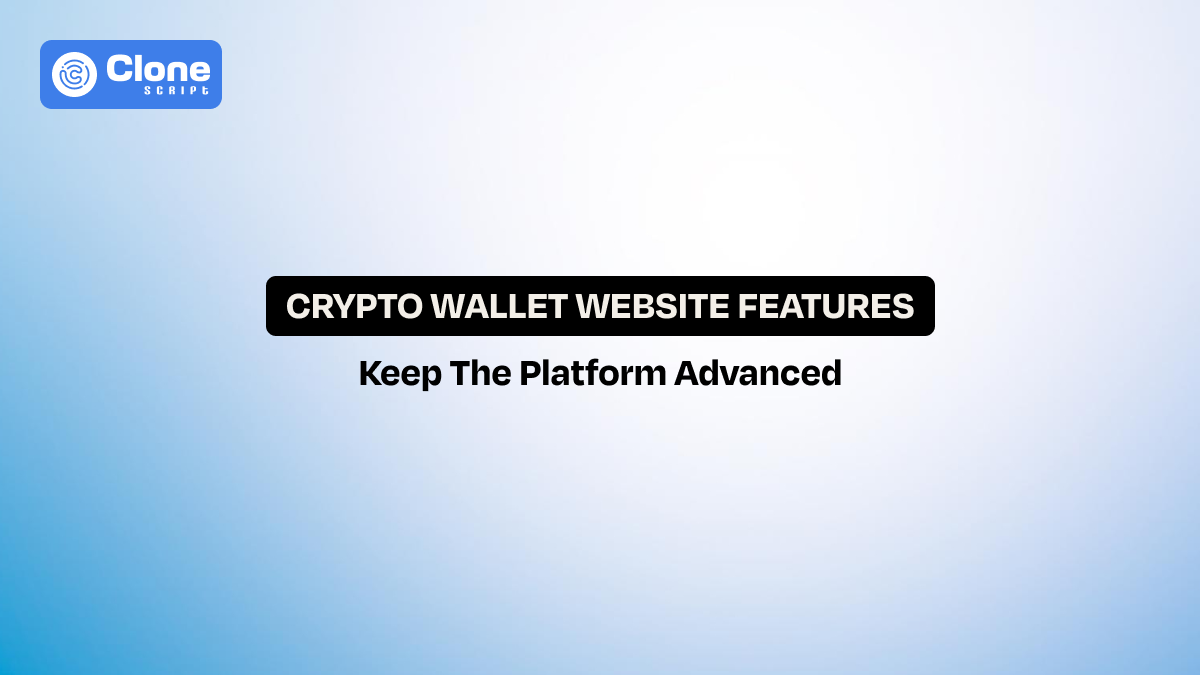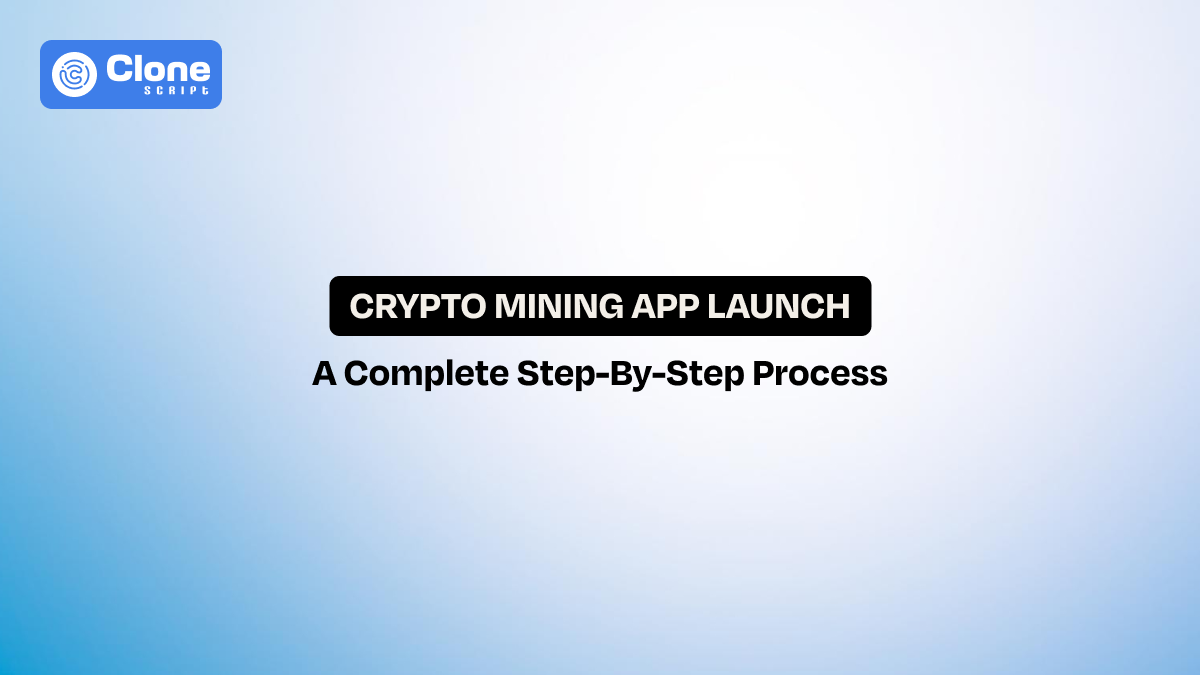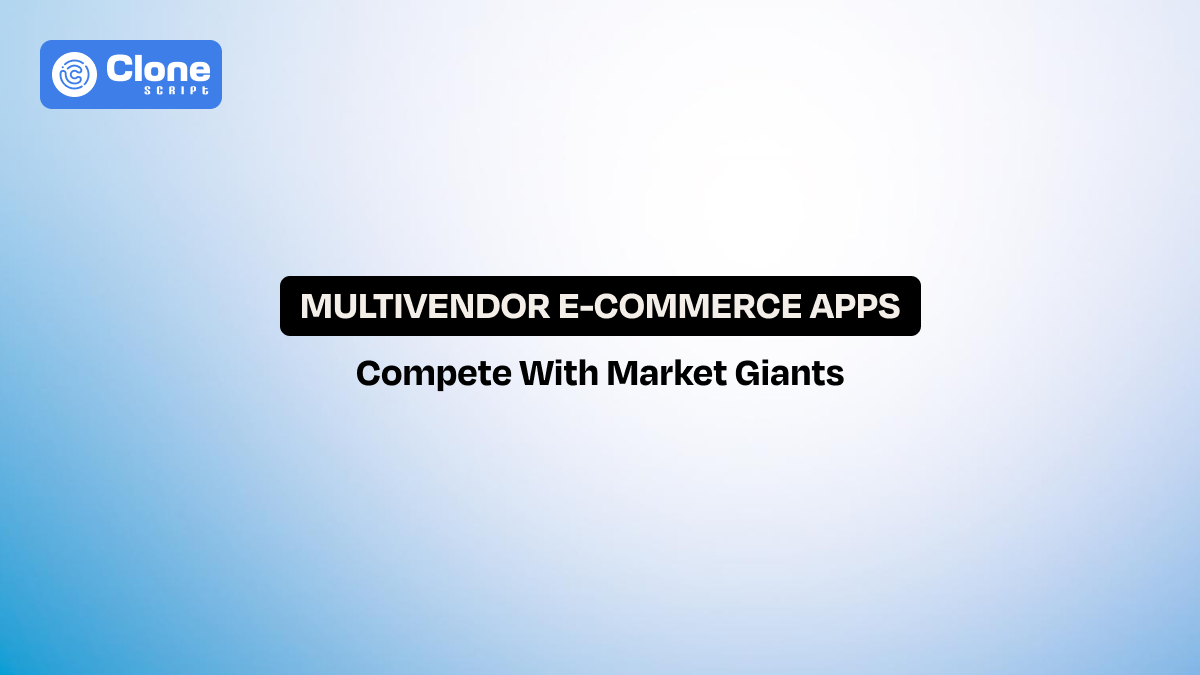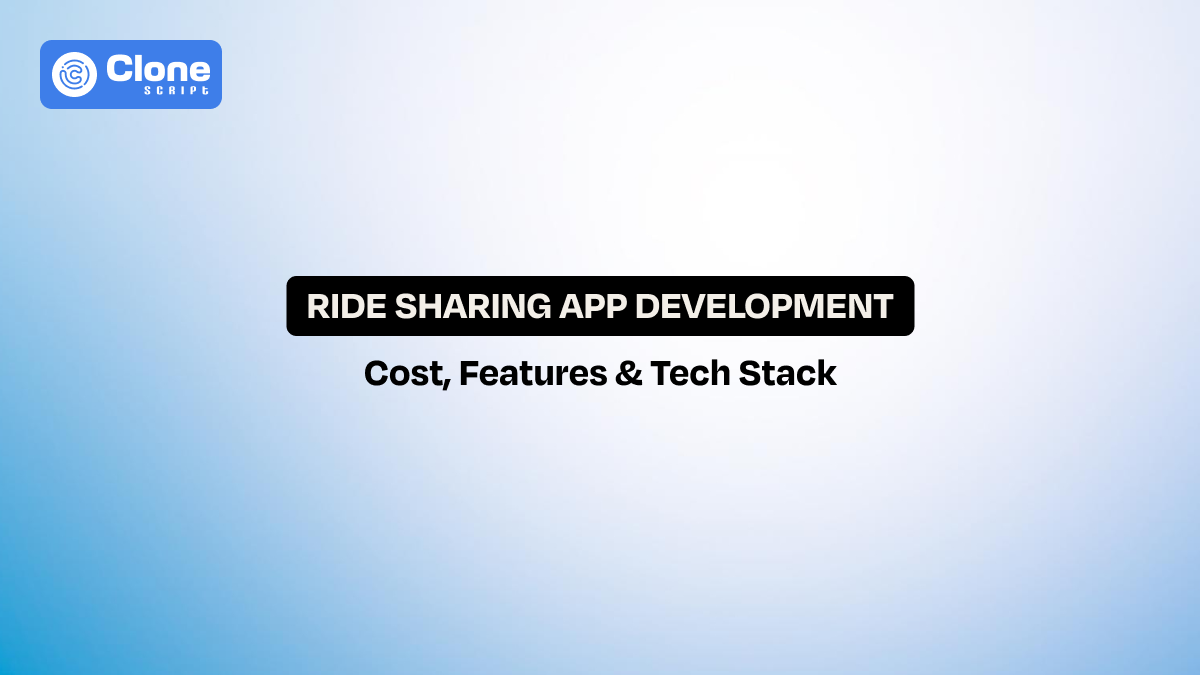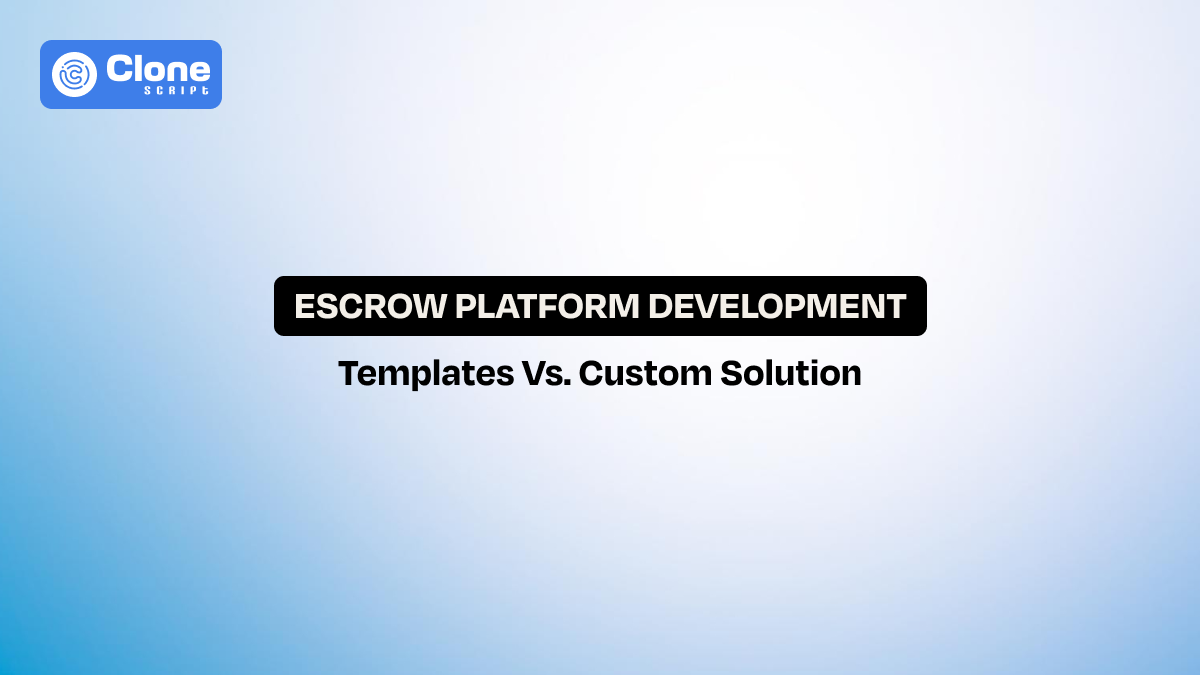Top 8 Features Every Crypto Wallet Website Must Have
When building a crypto wallet website, the goal is simple: let users manage their digital assets easily and securely. But in reality, creating a reliable wallet involves much more than displaying balances or sending and receiving cryptocurrencies. Behind every smooth transaction, there’s a complex system of blockchain integration, security layers, and thoughtful design decisions working together.
Most developers understand how blockchains work, but the real challenge lies in translating that into a user-friendly, secure, and scalable web application.
-
How do you handle private key storage safely?
-
How do you support multiple cryptocurrencies without slowing performance?
-
What makes a wallet truly easy for users without exposing security risks?
This article walks you through the essential features every crypto wallet website must have. We’ll focus on actionable insights—real problems you’ll face as a developer, and how to solve them the right way, so you can build a product people trust and actually enjoy using.
Understanding a Crypto Wallet Website
Launching a crypto wallet website is more than just a place to display balances or send cryptocurrencies—it’s a secure interface between users and the blockchain. Unlike desktop or mobile apps, a web wallet provides accessibility from any device with a browser, making it convenient but also introducing unique development challenges.
At its core, a crypto wallet website serves three key purposes:
-
Key Management – Securely storing and managing private keys, which are used to sign transactions on behalf of users.
-
Blockchain Interaction – Communicating with blockchain nodes or using APIs to fetch balances, broadcast transactions, and read blockchain data in real time.
-
User Interaction – Presenting a dashboard where users can easily view their assets, perform transactions, and track activity without technical complexity.
The biggest difference from a regular web app is the need for extra security and real-time blockchain syncing. You can’t rely solely on traditional authentication methods or database storage for sensitive data like private keys.
The importance of a well-built crypto wallet is to avoid holding users' private keys directly on the server. Instead, they either use client-side encryption or integrate hardware-based solutions, ensuring keys never leave the user’s device unless explicitly permitted.
Additionally, supporting multiple blockchains means your wallet can’t rely on a single API—it needs a modular architecture to handle different protocols (e.g., Bitcoin’s UTXO vs. Ethereum’s account model).
Understanding this structure is essential before moving into the specific features that make a wallet secure, usable, and scalable in production environments.
Essential Features of a Crypto Wallet Website
When developing a crypto wallet website, simply connecting to a blockchain node isn’t enough. To deliver a trustworthy and efficient solution, your platform must be designed around features that address real user needs, security challenges, and performance expectations. Below are the core features every well-built crypto wallet website must include.
1. Multi-Currency Support
Today’s users don’t just hold Bitcoin or Ethereum—they often manage a diverse portfolio of digital assets. A crypto wallet website with multi-currency support allows users to store, send, and receive dozens or even hundreds of different cryptocurrencies, all from one interface.
-
Instead of building separate logic for each coin, developers should implement a modular system where blockchain-specific operations (like address generation, balance fetching, and transaction broadcasting) are handled via pluggable modules.
-
Use APIs like CoinGecko for real-time price tracking and services such as BlockCypher or Infura for interacting with different blockchain networks.
This feature removes friction for users and significantly improves retention, as they don’t need multiple wallets for various assets.
2. Strong Security Protocols
Security is the single most important aspect of any cryptocurrency wallet. In 2022 alone, over $3.2 billion worth of crypto was stolen due to weak security practices. Here’s what you must implement:
-
Two-Factor Authentication (2FA): Protect user accounts from unauthorized access.
-
End-to-End Encryption: All sensitive data (like private keys) should be encrypted on the client side before reaching your servers.
-
Cold Wallet Integration: For large user balances, store most funds offline to reduce attack surfaces.
-
Secure Private Key Storage: Never store private keys in plain text or directly on the server. Use encrypted local storage or hardware security modules (HSM).
-
Regular Security Audits: Continuously perform penetration testing and code reviews.
A strong security design makes sure that your wallet is not just functional but trustworthy to use.
3. User-Friendly Dashboard
A user-friendly crypto wallet website design is important for broad adoption and usability. Many users are not tech-savvy, so clear and intuitive interfaces are essential. The dashboard should include:

-
Clear display of total portfolio balance across currencies.
-
Easy navigation for sending and receiving crypto.
-
Transaction history with timestamp, amounts, and status.
-
Real-time price updates with simple graphs.
Use clean layouts, responsive design frameworks (like Tailwind CSS), and avoid technical jargon. A good UI keeps users engaged and reduces support tickets.
4. Seamless Transactions
Users expect transactions to be fast, transparent, and reliable. Your wallet must provide:
-
Real-Time Transaction Status: By immediately showing the pending, confirmed, or failed status updates, keep users informed about what to do next.
-
Low-Latency Blockchain Interaction: Avoid delays in transactions by integrating directly with blockchain nodes or reliable third-party services.
-
QR Code Scanning: For easy payment address input, QR codes are very important to maintain security and win the trust of the users to start the transaction.
-
Gas Fee Estimation: For blockchains like Ethereum, display current gas fees and allow users to choose priority levels. This will be a transparent option for users.
A well-built wallet doesn’t make users wonder if their funds went through—it provides clear, immediate answers.
5. Integration with Blockchain Networks
A reliable blockchain wallet connects directly to multiple blockchain networks without depending solely on third-party APIs. When integrating a network, consider these key aspects:
-
Run your own blockchain nodes for better control, reliability, and privacy.
-
Use modular services to support different blockchains (e.g., Bitcoin’s UTXO model vs. Ethereum’s account model).
-
Implement fallback mechanisms in case of node failure or API downtime.
This approach ensures your platform doesn’t become a single point of failure and offers users uninterrupted service.
6. Responsive & Modern UI/UX
A Web3 wallet website must offer a responsive and modern user interface to meet user expectations across devices. When designing it, keep in mind these key considerations:
-
Use responsive design frameworks like Tailwind CSS or Bootstrap to ensure the layout adapts smoothly to desktops, tablets, and smartphones.
-
Prioritize a clean and simple layout that highlights key actions such as “Send Crypto,” “Receive Crypto,” and portfolio overview without clutter.
-
Implement dark mode support to improve usability during long sessions and in low-light environments.
-
Design clear navigation flows with prominent call-to-action buttons and minimal technical jargon, so even non-technical users can operate the wallet easily.
-
Provide visible loading indicators and user-friendly error messages for any network or transaction issues.
Here’s an example of a crypto wallet HTML template that includes everything to make frontend website development easier.

This approach guarantees a user-friendly crypto wallet website design that works consistently across devices, improves user retention, and reduces confusion or errors.
7. Additional Features for Growth
Beyond the core functionalities, implementing additional features helps your crypto wallet website stand out and scale with user needs:
-
Built-In Exchange Functionality: Allow users to swap between different cryptocurrencies directly within the wallet using APIs like 0x API or Changelly. This adds convenience and keeps users engaged.
-
Real-Time Price Tracking: Integrate real-time price charts and alerts using services like CoinGecko API or CryptoCompare API, so users can monitor their portfolio performance.
-
Staking and Yield Farming Options: Provide opportunities for users to stake supported coins or participate in yield farming, increasing engagement and offering additional value.
-
Multi-Language and Multi-Currency Display: Support multiple languages and fiat currency conversions, expanding accessibility to global users.
-
Customer Support Integration: Embed live chat or ticketing systems to help users resolve issues quickly, improving trust and reducing churn.
These additional features create a more complete solution, attract advanced users, and drive long-term growth by turning a simple wallet into a full-featured crypto management platform.
Conclusion
Building a crypto wallet website goes far beyond connecting to a blockchain. It requires careful attention to security, usability, performance, and scalability. From supporting multiple currencies to implementing strong encryption, a responsive UI, and real-time transaction tracking, every feature plays a critical role in user trust and retention.
For developers, focusing on the right architecture and following industry best practices ensures the wallet isn’t just functional but reliable and future-proof. By integrating additional growth features like built-in exchanges, staking, and multi-language support, you create a product that stands out in a competitive market.
A well-designed crypto wallet website becomes more than a tool—it becomes the trusted digital gateway for users managing their valuable assets.
FAQs
- What are the most critical security features for a crypto wallet website?
End-to-end encryption, two-factor authentication (2FA), cold storage for large funds, and regular security audits ensure a crypto wallet website remains safe from hacks and protects user assets.
- How can I ensure my crypto wallet website is user-friendly?
Use responsive design, intuitive navigation, clear action buttons, real-time feedback, and tooltips to help users manage their crypto easily without technical confusion or errors.
- Is multi-currency support essential for a crypto wallet website?
Yes. Multi-currency support allows users to manage different cryptocurrencies in one place, providing convenience and attracting a wider user base for your wallet solution.
- What are the best practices for integrating blockchain networks?
Use modular architecture, reliable APIs, run your own nodes if possible, and implement fallback mechanisms to ensure reliable blockchain interactions and avoid service interruptions.
- How can I enhance the scalability of my crypto wallet website?
Use cloud infrastructure, load balancing, optimized database queries, and caching strategies to maintain performance and handle growing user traffic without slowdowns.
 BTC - Bitcoin
BTC - Bitcoin
 USDTERC20 - USDT ERC20
USDTERC20 - USDT ERC20
 ETH - Ethereum
ETH - Ethereum
 BNB - Binance
BNB - Binance
 BCH - Bitcoin Cash
BCH - Bitcoin Cash
 DOGE - Dogecoin
DOGE - Dogecoin
 TRX - TRON
TRX - TRON
 USDTTRC20 - USD TRC20
USDTTRC20 - USD TRC20
 LTC - LiteCoin
LTC - LiteCoin

